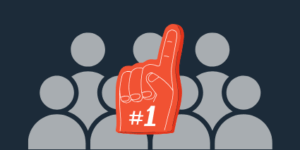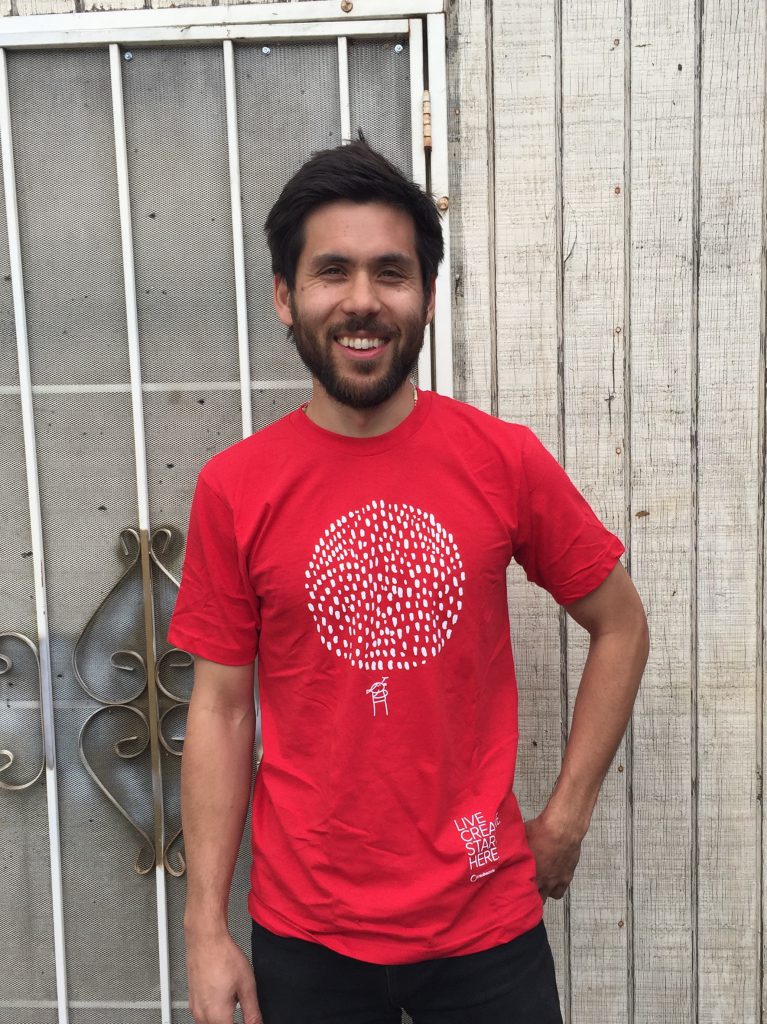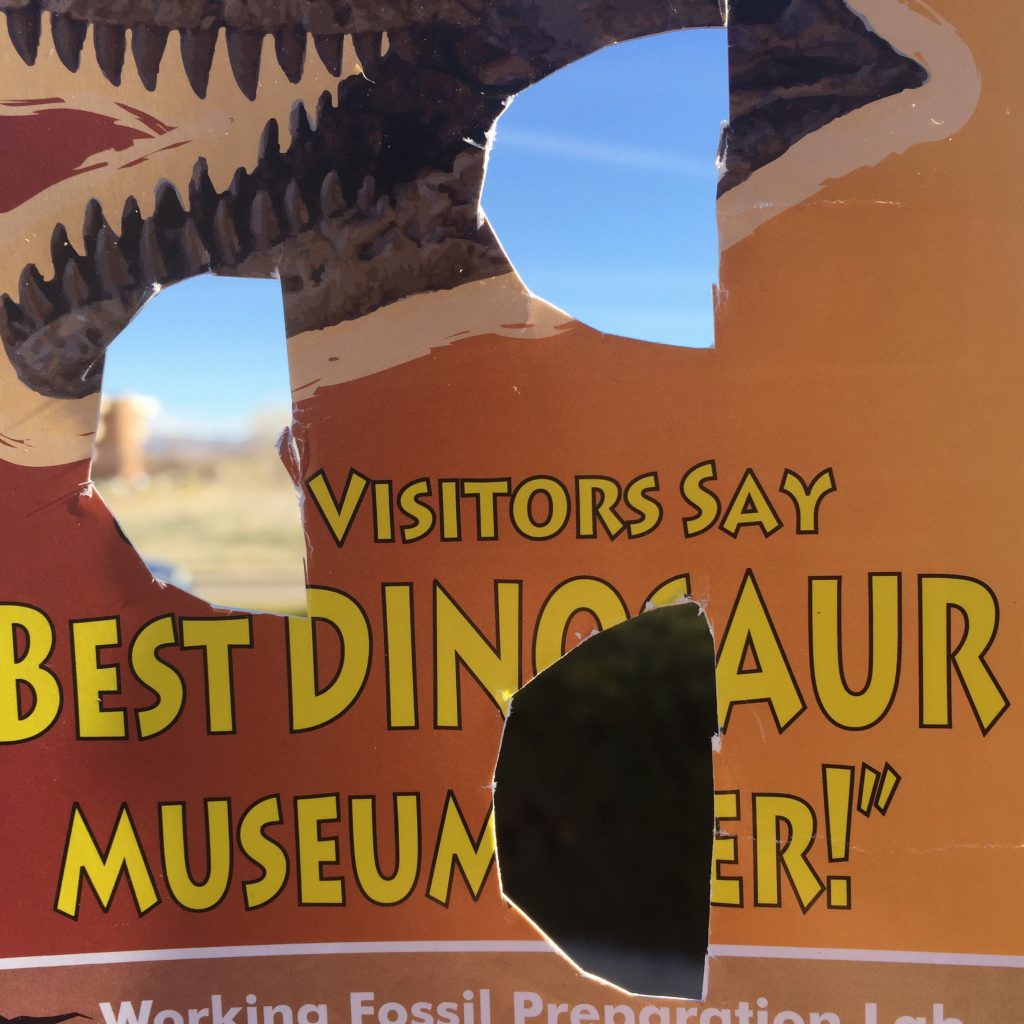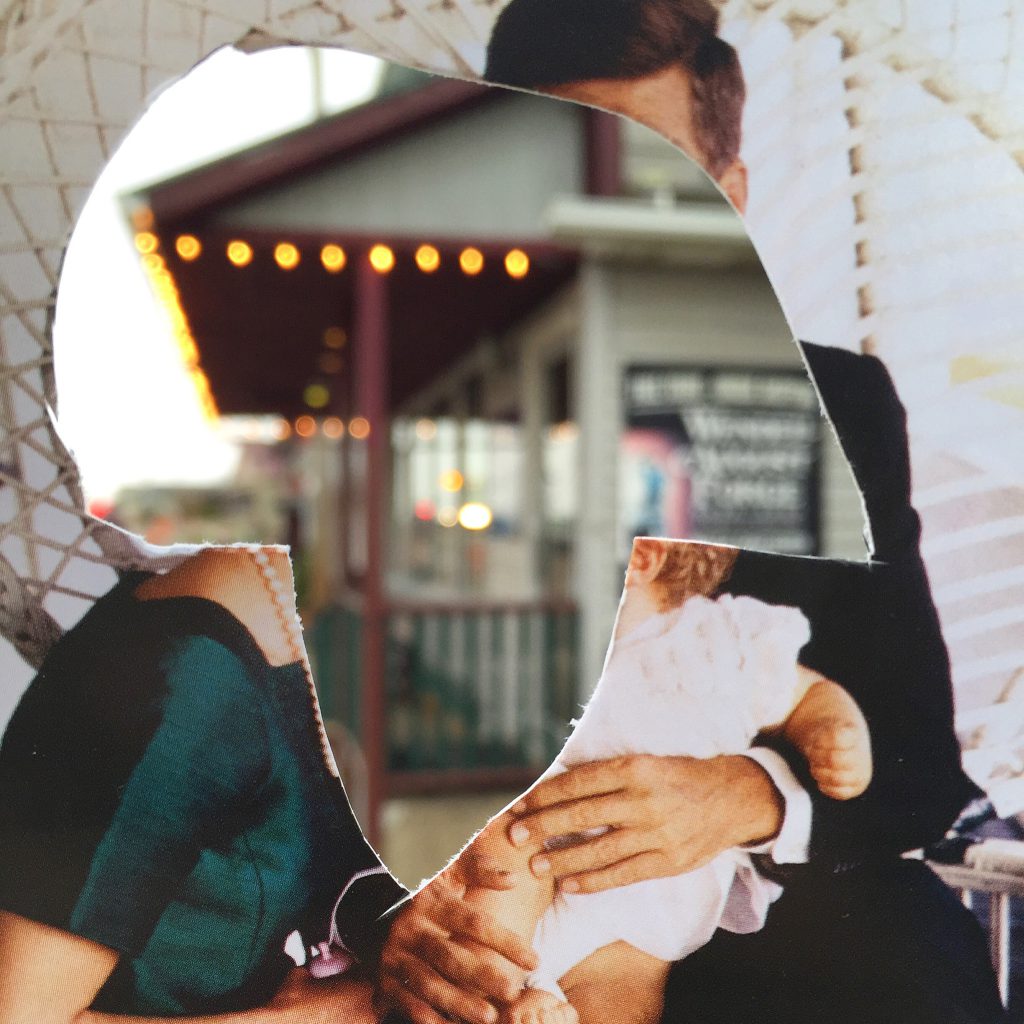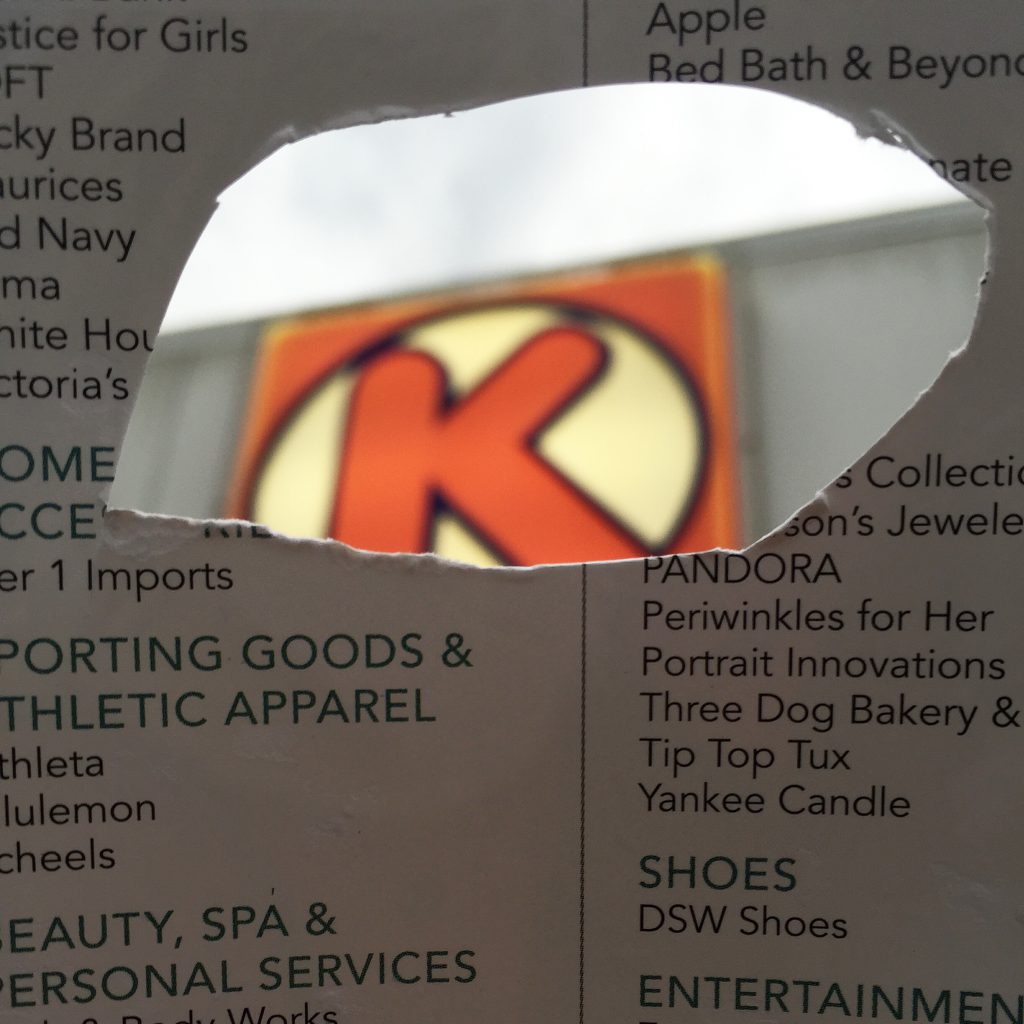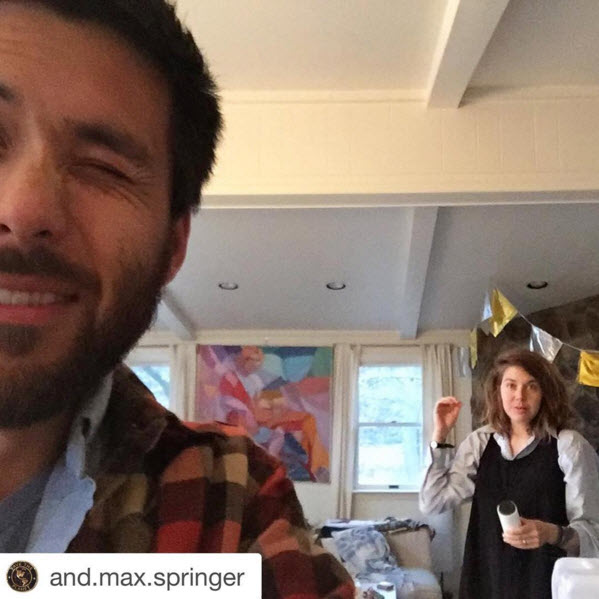Do you ever feel like your social media content is stuck at the line of scrimmage?
You’re planning and posting — but nothing is advancing downfield. 😅
I’ve been there, and I’ve found my way out by taking a close look at the accounts I can’t stop clicking on to find some inspiration.
If they keep you coming back, they’re doing something right. Right?
Lately I’ve been studying the Buffalo Bills’ social media channels. And not just because I’m a fan (hey-ey-ey-ey!), but because their content is a masterclass in building loyalty, evoking emotion, and keeping their audience engaged.
Bills fans are widely recognized as one of the most loyal fanbases in the NFL, and that unwavering spirit doesn’t stop at the stadium gates. It lives online, too!
Their social media strategy has evolved to connect with the next generation of fans, successfully attracting new followers — especially among those on socials who don’t yet support an NFL team.
What keeps their followers coming back for more? Highlight clips aside…
- Is it the comical unscripted videos showcasing players’ personalities?
- Is it the clips of the emotional moments they share on the field?
- Or is it because they lean into the, ahem, *quirks* of the fans?
The team’s social strategy is playful, unfiltered, and bold, and in my opinion, it’s one all content marketers and creators should be paying attention to.
Here are four lessons I’ve learned from following the Buffalo Bills online.
1. Lead with authenticity.

Well-crafted captions and picture-perfect posts deserve their moment in the spotlight, but oftentimes consumers crave real, unpolished content over perfection.
Maybe it’s okay if your CEO is featured in a video from his living room rather than a production studio. Head of Instagram Adam Mosseri does it.
This grainy Instagram video of Josh Allen checking for last remnants of a nosebleed caught my attention more than any touchdown Reel did.
2. Prioritize audience-first content.
Monitor what trends with your audience, then weave in your brand elements and messaging to join the conversation. Prioritize what your followers care about, engage with, and find valuable: audience-first > brand-first.
Try using polls and skimming the comments section to see what your audience actually cares about.
Relevant memes and pop culture references to summarize big moments have helped the Bills connect with their audience. They posted this meme on X celebrating their victory over the Jets (again joking about the nosebleed). And they posted it moments after the game ended. How do they do that??
3. Mic up your team.

Let the voices and minds behind your brand be heard! Giving your audience a peek behind the curtain can help humanize your brand, showcase your personality, and make you more likeable.
Try employee spotlights with short bios and fun facts, or let your team share their expertise through short videos. Did you know posts with clearly visible human faces can significantly increase engagement?
This mic’d up video shows how likeable the team’s offensive tackle is. Standout talent aside, his charismatic personality makes him a fan magnet.
4. Build excitement around what you do.

Excitement is contagious — share your sneak peeks and celebrate your wins! If you build hype around what you’re doing, your audience will eventually start talking about it (and sharing it 🤞)
Try teasing upcoming announcements or sharing glowing testimonials.
This past spring, the Bills turned their 2025 season schedule release into a grand event with a 1.5 minute video teasing the use of AI — it has 2.9M views! The NFL turned what could have been a dry announcement into a multi-day content event, with these drip-fed reveals across platforms.
The Takeaway
The next time you’re staring at your content calendar wondering what to post, scroll through the accounts that keep you engaged and ask yourself why they work.
What emotions do they spark? What post types are they sharing? What is their tone like? Emulate some of those tactics in your next post and see what happens!
Analyzing the Bills channels taught me that standout social content goes beyond aesthetics — it thrives on being authentic, having fun, and prioritizing connection with your audience, in the ways your audience wants it. And that’s a playbook worth stealing!
If you’re craving more content like this, check out this post on “social media magic” from two talented creators in our freelance candidate network.
About the Author.
Kayleigh is a Creative Circle freelancer — when she’s not chasing around her two young boys or laughing at Corporate Natalie videos, she spends her time creating content for us! She specializes in sharing advice for our talent community, so if you’re a creative with an appetite for blogs on market trends, job search guidance, and freelance life, subscribe to our newsletter and follow us on LinkedIn to ensure you never miss the latest.

